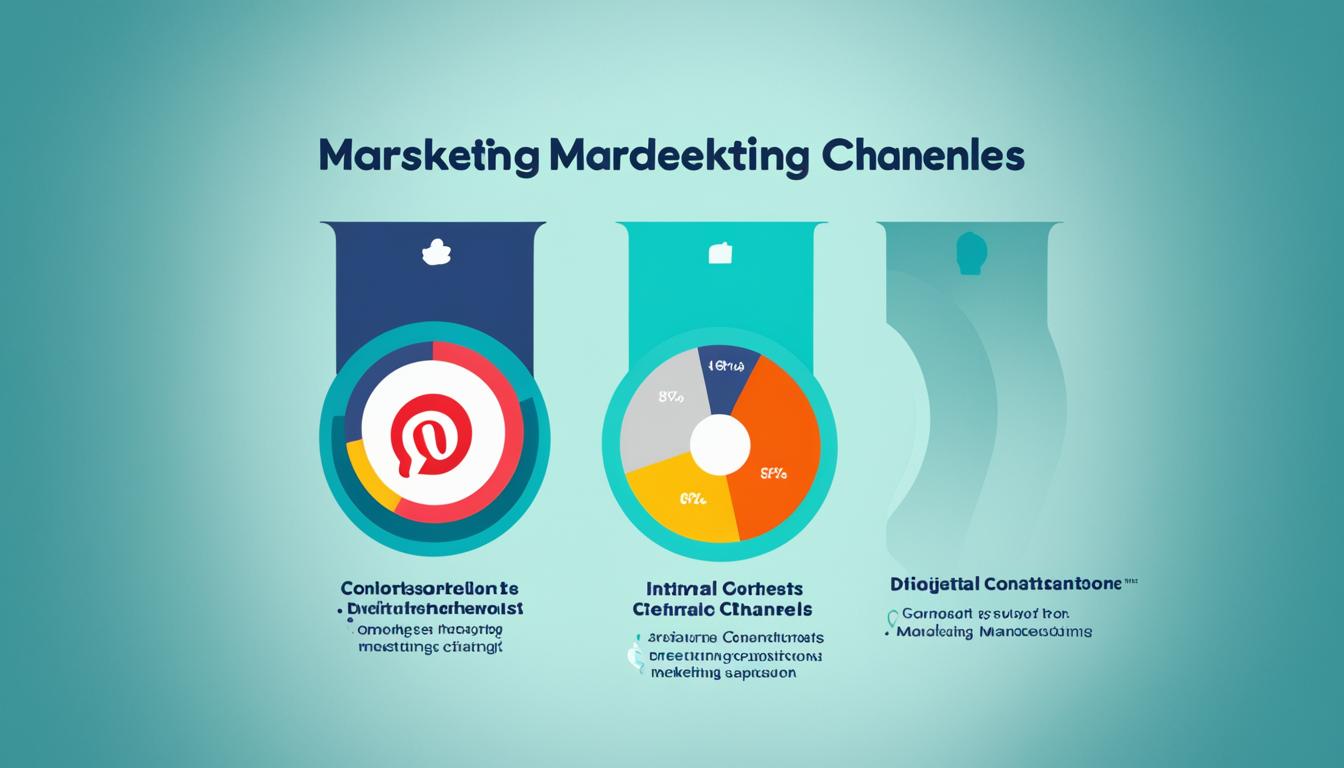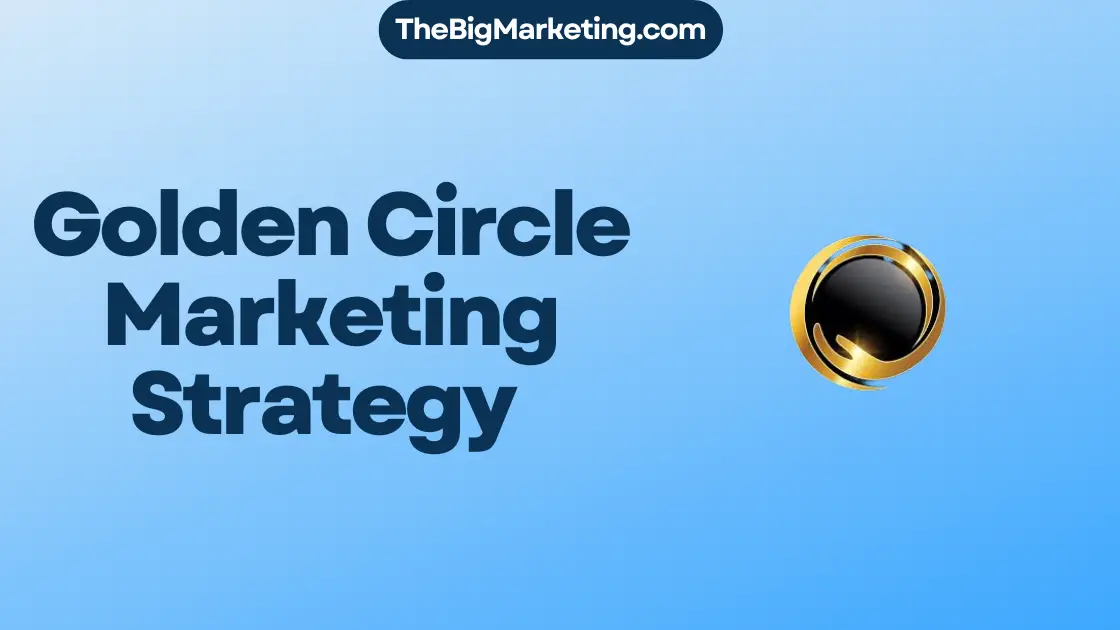Blue Nile’s marketing approach for 2024 explores how supply chains affect profits in diamond selling. We look at the supply chains and outcomes of Blue Nile, Zales, and Tiffany. This shows us what works in digital ads, branding, and research.
Blue Nile is unique with its web-based business model. Zales and Tiffany mix online with store sales. We check their customer service and costs, focusing on response, availability, inventory, and facilities. This helps us understand their success secrets.
Key Takeaways:
- Blue Nile’s marketing strategy for 2024 is a case study that examines the link between supply chain structure and financial performance.
- The case highlights the supply chain structures and performances of Blue Nile, Zales, and Tiffany in the diamond retailing industry.
- Blue Nile operates with a centralized e-business structure, while Zales and Tiffany have a combination of online and in-store sales.
- Evaluation of customer service factors and cost factors will shed light on the firms’ performance in terms of response time, product availability, inventory, and facilities.
- Understanding these strategies will provide valuable insights into effective digital marketing, branding, and market research practices.
We’re about to explore the secrets to winning in diamond sales, how online fits different products, and advice for Blue Nile, Tiffany, and Zales’ future plans.
Key Success Factors in Diamond Retailing
In the world of diamond retailing, some key factors make a company successful. These include how good their customer service is and how they handle costs. Let’s see how Blue Nile, Tiffany, and Zales do in these areas.
Customer Service Factors
Customer service is super important in selling diamonds. Blue Nile stands out with its online store and big selection. They offer over 75,000 stones, so buyers can create the perfect ring for themselves.
Tiffany, on the other hand, works hard on its luxury brand and sells pricier items. They aim to give a top-notch experience in their stores. This is for customers who like hands-on service and checking out products in person.
Zales, however, isn’t as well-known as Blue Nile or Tiffany and has fewer choices. They try to attract customers looking for good deals. But they fall short in offering a wide range of products and customization.
Cost Factors
Cost is a big deal when it comes to selling diamonds. Blue Nile’s setup helps it save money and keep prices low for customers. They keep fewer items in stock which cuts down on costs.
Tiffany and Zales, however, face higher costs because of their store-based model. Storing and managing inventory in stores adds to their expenses. This affects their product prices.
Product Categories and Online Channel Suitability
Both Blue Nile and Tiffany have their own unique products for different customer tastes. This is important for online retail.
Blue Nile Products
Blue Nile is known for its expensive, custom-made jewelry. Customers can design their own pieces. They offer over 30,000 stones, each costing $2,500 or more.
Tiffany Products
Tiffany is famous for its luxury items and brand name. Most items on their site are around $200. They aim to reach a wider range of customers with these products.
The online selling approach varies between these two brands because of their products.
Blue Nile excels in selling high-end, custom items online. This model lets customers create and buy jewelry remotely. They can pick from many options and shop from home, making it handy and flexible.
Tiffany shines with its reputation for luxury and unique items. Its high-value products are often better seen in person. In stores, customers can truly feel the quality and understand Tiffany’s rich history. This enhances Tiffany’s luxury image.
To sum up, Blue Nile fits the online scene with its deluxe, custom items. Tiffany’s luxury items and brand prestige are more suited for in-store shopping. Both brands give customers distinct experiences in diamond retail.
Dealing with Weak Economic Times
In times of economic uncertainty, a lean and nimble structure is key. Blue Nile has a big advantage with its low fixed-cost setup and centralized warehouse operations. It stands out from competitors like Tiffany and Zales. Blue Nile keeps its inventory low. This helps keep prices down and reduces risks in a weak economy.
Tiffany faces challenges due to its high fixed costs from physical stores. In hard times, running many stores becomes expensive. Zales might struggle more due to inventory losses and strict credit rules.
Blue Nile uses its lean structure well. It has a low fixed-cost structure and efficient operations. This gives it a competitive edge. It keeps prices fair and maintains low inventory. So, it can handle economic downturns well.
Blue Nile’s lean structure is crucial. It lets the company optimize operations and value customers during downturns. It saves costs and manages inventory well. This makes the company strong in tough economic times.
The table below shows how Blue Nile’s approach gives it an edge over Tiffany and Zales:
| Comparison Factors | Blue Nile | Tiffany | Zales |
|---|---|---|---|
| Fixed Costs | Low due to centralized operations | Higher due to store operations | Dependent on store network |
| Inventory Levels | Lower | Varies depending on store inventory | Varies depending on store inventory |
| Cost Efficiency | High | Lower due to fixed costs | Varies depending on store operations |
This shows how Blue Nile’s lean setup is a big plus. With low fixed costs and smart inventory management, it leads during tough times. It keeps prices low and inventory down. This helps it navigate through economic challenges strongly.
Recommendations for Blue Nile’s Strategy and Structure
To maximize its edge, Blue Nile should adopt these strategy and structure tips:
1. Enhance Online Marketing Efforts
Blue Nile must invest more in online marketing to draw people looking for unique, well-priced jewelry. Using search engine optimization and targeted ads will boost its presence. Plus, connecting on social media and through content will build loyalty and attract more visitors.
2. Highlight Customer Service Benefits
Blue Nile stands out with its top-notch customer service. It should show off its customer-first approach, like its expert team, fast support, and easy returns. Sharing these perks online and in ads will build trust and attract buyers who want a smooth shopping experience.
3. Leverage the Low Cost Structure
Blue Nile’s efficient setup keeps costs low. This should be used to offer great prices without losing quality. This approach will draw budget-minded customers and boost sales. Additionally, looking for more cost-saving ways to source materials will keep profits up.
4. Expand Internationally
Blue Nile’s online model sets it up for global growth. Entering new markets will grow its audience and sales. Partnering locally and tailoring marketing to each region is key. This move will tap into the worldwide demand for affordable, customizable jewelry.
5. Embrace Technological Innovations
Staying tech-savvy is a must for Blue Nile. Investing in analytics and customer management tools will give deep insights. These insights will help fine-tune offerings and improve shopping online, making customers happier and more loyal.
With these steps, Blue Nile will boost its position in the diamond industry and keep delivering value to its customers.
Recommendations for Tiffany’s Strategy and Structure
Tiffany is known for its upscale brand image. It should keep focusing on this image. The company stands out with its high-end jewelry and top-notch customer service.
Tiffany should grow its online presence to meet new consumer needs. It can introduce a range of lower-priced items for online shoppers. This way, Tiffany can attract more customers, including those on a budget.
But, Tiffany must manage its physical stores’ costs without affecting its online growth. The physical stores offer a unique and immersive shopping experience. It’s vital to balance online convenience with the charm of in-store shopping.
To visually illustrate this point, the table below compares the key aspects of Tiffany’s strategy and structure:
| Aspect | Tiffany’s Strategy |
|---|---|
| Luxury Branding | Emphasis on high-end jewelry items |
| In-Store Experience | Personalized customer service, immersive environment |
| Online Channel | Curated selection of lower-priced items for online shoppers |
By sticking with its luxurious brand and enhancing in-store experiences, Tiffany can succeed. At the same time, it should embrace online opportunities. This balance will ensure Tiffany’s lasting success in the luxury market.
Recommendations for Zales’ Strategy and Structure
Zales is a well-known jewelry retailer. It can improve its competitive position by focusing on affordable and standardized products. By offering good value, Zales can compete with big stores.
Zales should not change its product range drastically. Staying true to its strengths will help build customer loyalty. This approach suits its target market well.
Optimizing the supply chain is vital for Zales. By making operations and inventory management more efficient, costs can be cut. This will also boost profits.
Zales can ensure its products are always available by using efficient processes and technology. This is key for its affordable product line.
Zales can also boost its brand with smart marketing. Showing its focus on quality and affordability will attract customers. Digital marketing can help reach more people and increase online sales.
Improving the in-store experience is essential, too. Good customer service creates trust and loyalty. A friendly and engaging store atmosphere makes shopping memorable.
| Recommendations for Zales’ Strategy | Benefits |
|---|---|
| Focus on lower-end and standardized products | Attract value-oriented customers and compete with mass merchant department stores |
| Optimize supply chain | Reduce costs and improve profitability |
| Invest in marketing initiatives | Enhance brand awareness and drive online sales |
| Enhance the in-store experience | Foster trust, loyalty, and provide a memorable shopping experience |
Analysis of Retail Strategies
When we look at the retail strategies of Blue Nile, Tiffany, and Zales, we see each has its own approach. They aim to meet the diverse needs and preferences of their customers. This makes their strategies stand out.
Blue Nile: Online Sales and Customization
Blue Nile focuses on selling online. This method lets them cut costs and offer a wide range of products and customization. They aim to attract customers who value convenience, affordability, and creating unique pieces.
Because of this online strategy, Blue Nile has lower running costs than physical stores. They pass these savings onto the customer with better prices. This attracts those looking for good deals on a wide variety of diamond jewelry.
Tiffany: A Blend of Online and In-Store Sales
Tiffany mixes online and in-store sales. This approach understands that people have different shopping preferences. Especially for buying luxury items like diamond jewelry.
While you can see Tiffany’s famous designs in their stores, their online site offers more. It lets customers explore their products and learn about the brand. Then, they can go to a store for the full luxury experience.
Tiffany aims to attract more people by having both online and in-store options. This helps them meet different market segment needs.
Zales: Overcoming Challenges in Retail
Zales has to tackle challenges as it goes up against larger retailers. They focus on offering affordable diamond jewelry without lowering quality. This strategy is about giving good value through competitive prices and smart marketing.
Zales may not be as well-known as Blue Nile or Tiffany. But they draw in customers who want quality but are mindful of their budget.
Factors Influencing Success
The success of these companies depends on several factors. Brand recognition helps in gaining customer trust and loyalty. Offering a variety of products, including customizable ones, sets them apart and meets different tastes.
Good customer service, both online and in stores, is also key. It ensures customer happiness and encourages them to come back. By focusing on these areas, Blue Nile, Tiffany, and Zales can stay ahead in the competitive diamond market. They aim to always meet their customers’ changing needs.
Implications for Future Business
The business world is always changing. It’s important for Blue Nile, Tiffany, and Zales to stay alert and adaptable. They should consider Blue Nile’s success online and think about expanding their e-business. This move could help them reach more customers as shopping habits change.
Going digital is a smart move. It allows companies to connect with more people. A strong online presence can boost the brand, make it more visible, and get customers involved. Plus, it opens up new markets that were hard to reach before.
Better supply chain management is key for future success. Making operations smoother can lower costs and meet customer needs more effectively. Companies might need to update their logistics, improve how they manage inventory, and use new tech solutions.
Keeping an eye on market trends and what customers want is crucial. Being adaptable and understanding new customer likes can guide better business decisions. That means using new tech, creating personal experiences, and always improving strategies to match what people want.
By focusing on e-business and improving supply chains, Blue Nile, Tiffany, and Zales can aim for lasting success. The retail world is always on the move, but these steps can keep them ahead.
Implications for Future Business:
| Companies | E-Business | Retail Store Sales |
|---|---|---|
| Blue Nile | Expand online strategies | Centralized e-business structure |
| Tiffany | Enhance online channel | Focus on luxury branding and in-store experience |
| Zales | Refocus on e-business and lower-end products | Emphasize value-oriented customer base |
Conclusion
Blue Nile has made a big impact in the diamond industry with its marketing ways. Its focus on custom, high-quality items at good prices has made it stand out. Plus, its e-business model keeps things efficient and cost-friendly for both the company and customers.
But, it’s key for Blue Nile to keep up with what shoppers want. Although being online has worked well, others like Tiffany and Zales use both online and physical stores. This helps them reach different types of customers. Blue Nile might need to mix things up to stay ahead.
For diamond retailers, keeping up with changing trends and customer likes is a must. Online shopping will stay important, but how companies market themselves online matters a lot. They also need to focus on their brand and how customers feel shopping both on the internet and in person. This balance is crucial for winning in this tough market.





